Ingrown Toenails
Ingrown toenails, medically referred to as onychocryptosis, are a common foot ailment affecting millions of individuals worldwide. Often arising from improper nail trimming practices, these painful conditions can significantly impact one’s daily life. This article aims to provide comprehensive insights into the causes, symptoms, and treatment options for ingrown toenails.
Causes of Ingrown Toenails
Ingrown toenails typically develop when the toenails are trimmed too short, especially along the sides of the big toes. This improper trimming encourages the nail to grow into the surrounding skin, leading to irritation and inflammation. Other common causes include:
Shoe Pressure: Wearing shoes that are too narrow, tight, or small can exert pressure on the toes, forcing the nails to grow abnormally and penetrate the adjacent skin.
Fungal Infection: Fungal infections of the toenails, such as onychomycosis, can cause the nails to thicken and become misshapen, increasing the likelihood of ingrowth.
Heredity: Genetic predisposition can play a role in the development of ingrown toenails. Individuals with a family history of the condition may be more prone to experiencing it themselves.
Poor Foot Structure: Certain foot deformities, such as bunions or hammertoes, can alter the alignment of the toes, making them more susceptible to ingrown nails.
Symptoms of Ingrown Toenails
Recognizing the symptoms of ingrown toenails is crucial for prompt diagnosis and treatment. Common signs and symptoms include:
Pain and Tenderness: Discomfort along the edges of the toenail, often worsened by pressure or movement.
Redness and Swelling: Inflammation and redness around the affected nail, indicating an inflammatory response.
Pus or Drainage: Formation of pus or clear fluid around the ingrown nail, signaling the presence of infection.
Difficulty Walking: Severe cases may hinder normal walking or wearing shoes due to pain and discomfort.
Treatment Options
Treatment for ingrown toenails varies depending on the severity of the condition. Mild cases may respond to home remedies and conservative measures, while more advanced cases may require professional intervention. Common treatment options include:
Soaking: Soaking the affected foot in warm water several times a day can help soften the nail and reduce inflammation.
Proper Nail Trimming: Trimming the nails straight across and avoiding cutting them too short can prevent ingrown toenails from recurring.
Wearing Proper Footwear: Opting for shoes with a wider toe box can alleviate pressure on the toes and promote proper nail growth.
Topical Treatments: Over-the-counter antifungal creams or ointments may be recommended for fungal-related ingrown toenails.
Surgical Intervention: In severe cases or when conservative measures fail, surgical procedures such as partial nail avulsion or complete nail removal may be necessary to alleviate pain and prevent recurrence.
Prevention Tips
Preventing ingrown toenails involves adopting proper foot care practices and minimizing risk factors. Consider the following tips:
Trim Nails Carefully: Trim toenails straight across and avoid rounding the edges to prevent ingrowth.
Wear Comfortable Shoes: Choose footwear that provides adequate room for the toes to prevent pressure on the nails.
Maintain Good Hygiene: Keep the feet clean and dry, and promptly treat any signs of fungal infection to prevent complications.
Inspect Feet Regularly: Check your feet regularly for any signs of ingrown toenails or other foot problems, and seek prompt medical attention if needed.
In conclusion, ingrown toenails can cause significant discomfort and impairment if left untreated. By understanding the causes, symptoms, and treatment options, individuals can take proactive steps to manage this condition effectively and maintain optimal foot health. If you’re experiencing persistent or severe symptoms of ingrown toenails, don’t hesitate to consult a healthcare professional for guidance and personalized treatment.

